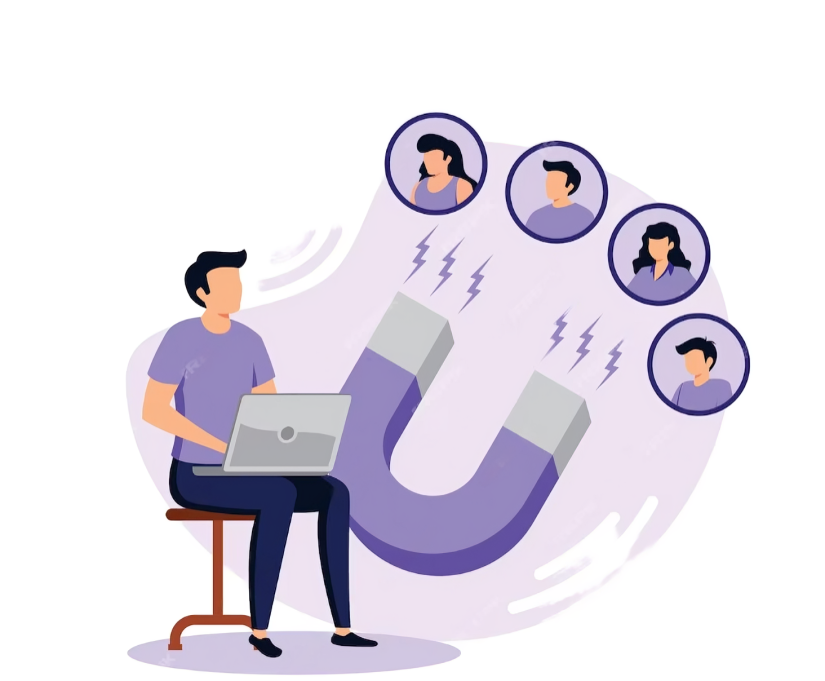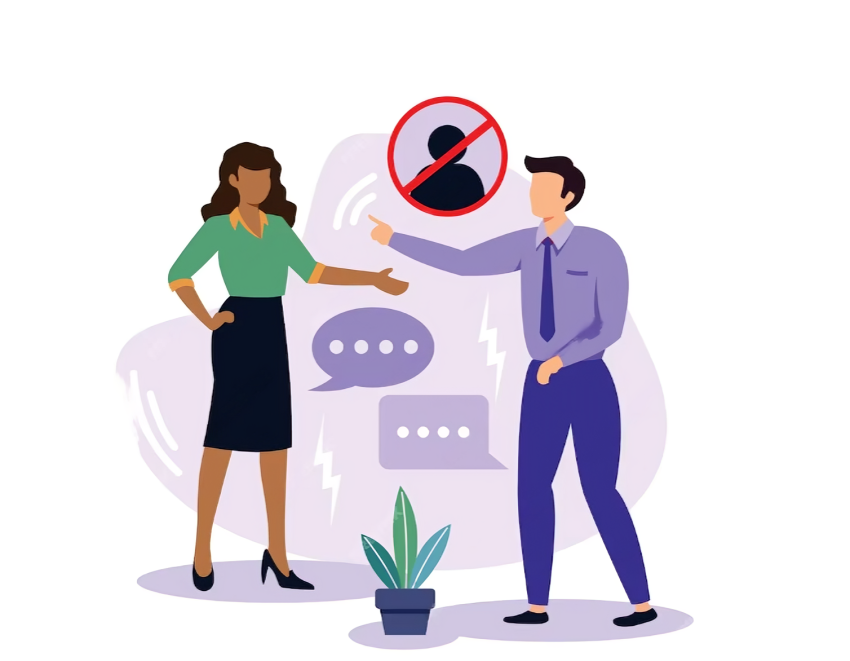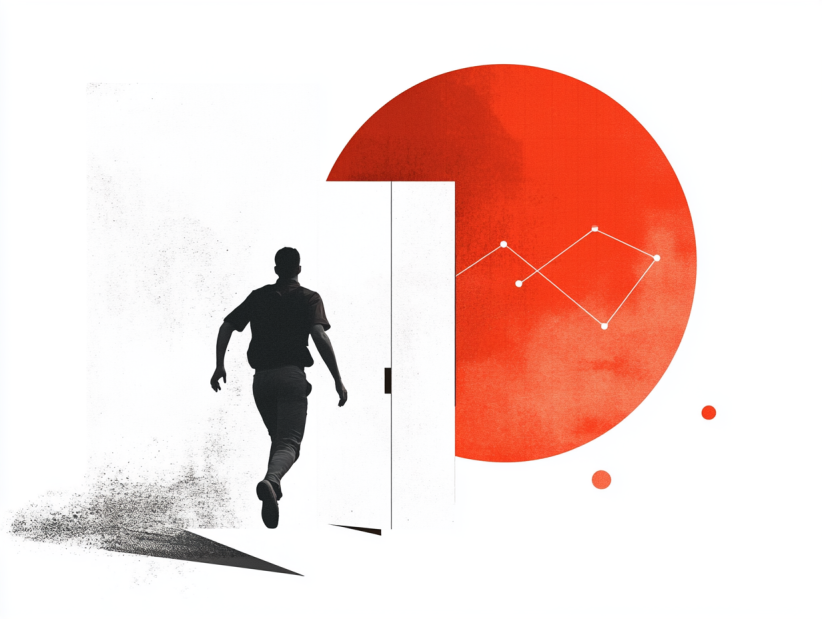In the cutthroat landscape of Software as a Service (SaaS), customer retention is more than a metric; it’s a lifeline. Yet and still, gaining new customers is important, but keeping your clients can not only save you money, it can also increase your bottom line quicker to build a long-term sustainable business. SaaS businesses live and build heavily on recurring revenue, loss of customers may halt the cash flows, damaging the brand value and blocking the pathway to growth. So, what are the SaaS customer retention strategies that owners cannot risk ignoring? However, let’s explore deep strategies that would work to your advantage in keeping your customers loyal and sticking with you.
Table of Contents
Importance Of Customer Retention For Your SaaS Business
Before digging into specific tactics, it’s important to understand why customer retention is so crucial for SaaS companies. SaaS has a very different type of business model than most types of businesses. It means that your customers’ lifetime value (CLV) is directly correlated with how long they use your service. Consider that if the churn rate is high, the company may lose profitability very quickly: Its acquisition costs may be higher than the revenue generated by any new customer in the first few months (the same applies if it loses too many customers at once).
In addition, devoted users are not only more likely to recommend your brand to others but also drive word of mouth, helping to grow your business organically. They also offer feedback that you can use to enhance your product and services. At its core, customer retention goes beyond preserving revenue; it’s about creating a fruitful and sustainable business.
Related Article: https://www.adlabz.co/10-proven-ways-to-use-customer-journey-mapping
How Can You Deliver Exceptional Onboarding Experiences?
When a customer signs up for your product, the onboarding process is their first real experience with it. A bad onboarding experience can cause users to become frustrated, overwhelmed, and ultimately churn. So how do you ensure your onboarding is primed for long-term retention?
Begin by ensuring the onboarding process becomes smoother. Break down your product in specific details so that the users know exactly how to utilize the app. Utilize interactive tutorials, videos, and tooltips to keep the learning process fun. Personalization is crucial — customize the onboarding experience to each customer’s interests and objectives.

Also, provide a customer success manager or a support team dedicated to assisting new users with their onboarding process. Adding this human aspect could go a long way in assisting customers to feel valued and catered. And remember that onboarding is about far more than just showing customers how to use your product — it’s also about showing them how your product solves their problems or adds value to their lives.
What Role Does Customer Support Play in Retention?
Customer support is usually the backbone of retaining customers. Users are always looking for help immediately when they face problems or have doubts. Bad customer support may result in frustration and churn, but good support can change a disappointed customer into a loyal ambassador.
To become efficient at customer support, be sure to make your staff available through as many contact methods as possible, such as e-mail, by way of live chat, or over the mobile phone. Establish a ticketing system to help efficiently track and resolve issues. Supporting your customers through difficult times Train your support team to be empathetic, knowledgeable, and solution-oriented.
Another tactic is proactive support. Rather than waiting for customers to reach out with a problem, anticipate their needs and fix things before they break. So, for example, if you see a particular customer struggling with a feature, you contact them with guidance or offer them a personalized demo. Such a personalized experience, however, can greatly improve consumer satisfaction and trust.
How Can You Leverage Data to Predict and Prevent Churn?
Data is the goldmine of a SaaS business, and using it effectively can help to predict what makes them churn and help to stop it before it happens. By mapping the historical data of customer behavior, usage, patterns, and feedback you will be able to catch early signals of red flags and take preventative action.
Begin measuring things like how often users log in, what features they are using, and support ticket volume. A sudden activity drop or decrease in engagement can be a sign that a customer may churn. Based on your data, you can identify risk categories and create retention strategies for each segment.
Another aspect where predictive analytics tools also might help you prevent churn is the identification of trends and patterns. If, for instance, you learn that customers who don’t use a particular feature in the first 30 days are much more likely to churn, you can put more effort into getting them to adopt that feature as part of their onboarding. Proactively tackling problems as they arise can dramatically decrease churn rates.
Why Continuous Product Improvement Is Necessary?
In the competitive landscape of SaaS, staying stagnant is a surefire way to get left behind. It’s not enough for your product to be good, customers want to know that you are continuing to deliver updates that make their experience better, anything other than meeting those expectations is a recipe for churn. This begs the question: How can you keep your product relevant and valuable?
First and foremost, be proactive about asking customers for your feedback. Leverage surveys, interviews, and user testing to identify what your customers love about your product and what they’d love to see improved. Focus on the feature requests and updates that are in demand by customers and are trending in the market.
Provide regular updates and new features: Continuously improve your product by providing regular updates and new features to keep it fresh and exciting. Share these updates with your customers in newsletters, in-app notifications, and blog posts. Emphasize the positive implications of the changes for them, and how it improves their experience.
Keep in mind, that continuous improvement is not just adding features, but refining existing ones as well. Audit your product regularly to identify & fix bugs, and improve workflows and performance. The key to customer rete is a solid and high-performance product
How Can You Build Strong Relationships with Your Customers?
One of the ways to maximize retention is to build deep relationships with the customers. Building brand connections increases customer loyalty, encouraging them to stick with you for the long haul — even when your competition is trying to tempt them away. So how do you go about cultivating these relationships?
In the first place, remain clear and transparent. Update customers on product updates, and news in your business, company, and industry trends. Send personalized emails, newsletters, and posts via social media to stay in front of clients, and familiarize them with your brand, even when not doing business with you directly.
One of the most potent strategies is to foster a sense of community among your patrons. Hold webinars, forums, and user groups for customers to meet with one another, and exchange their experiences. Ask for user-generated content (UGC) that adds to your authenticity like testimonials, case studies, and reviews.
Finally, make an extra effort to express gratitude. Acknowledge and celebrate customer milestones (like anniversaries or achievements) with personalized messages or small gifts. They might seem like a small thing, but they can be memorable and help foster brand loyalty.

What Role Does Pricing Play in Customer Retention?
Pricing is very important in retaining customers as the price translates into value for your product. If customers believe they’re not receiving sufficient value for their investment, they will likely look elsewhere. So how do you get your pricing strategy to be a boost to your retention?
For example, you will give adapted pricing plans for some customer segments. Offer monthly and annual subscriptions with tiered plans (different levels of feature sets/ support). This enables customers to select a plan that best meets their needs and budget.
Transparency is also key. Be transparent about what is included in each pricing tier and don’t add hidden fees or unexpected charges. If you do need to raise your prices, you should communicate clearly with your customers and give them plenty of warning, so they understand why there may be a new charge.
You could also set up a loyalty program or annual plan with a discount for commitment. Think of different offers, a discount to clients who sign up for an annual plan, or an incentive for referrals. Aside from encouraging retention, these strategies reward loyal patrons for their continued business.
How Can You Measure and Optimize Customer Retention?
To efficiently retain your customers, you must measure and analyze your retention processes. This helps you determine what is working, what isn’t, and where can improve further. So, what are the metrics you should be tracking and how can you leverage them for optimal retention?
First, start estimating your churn rate, which is the proportion of customers that stop buying your product/service in a certain period. A high churn rate means that you have a retention problem. On the other hand, a low churn rate indicates that your strategies are working.
Another key metric is the customer lifetime value (CLV) — this is the estimated total revenue a customer is expected to generate throughout their relationship with your business. Increasing customer lifetime value (CLV) will not only Increase profitability but also justify investments in customer retention strategy.
Net Promoter Score (NPS) is another useful metric for measuring customer loyalty and satisfaction. By continuously measuring NPS through surveys with your customers, you can measure the likelihood of recommending your product and identify areas of opportunity.
You can use these metrics as a basis to make retention goals for yourself and measure your progress over time. Prepare to measure and adapt your tactics to ensure you keep them relevant!
Conclusion
Customer retention in the world of SaaS is no longer an objective, but an obligation. They will love using your product because you can deliver an excellent onboarding experience, offer great customer support, utilize data, enhance your product continuously, nurture relationships, refine pricing, and track your response.
You might also be interested:


